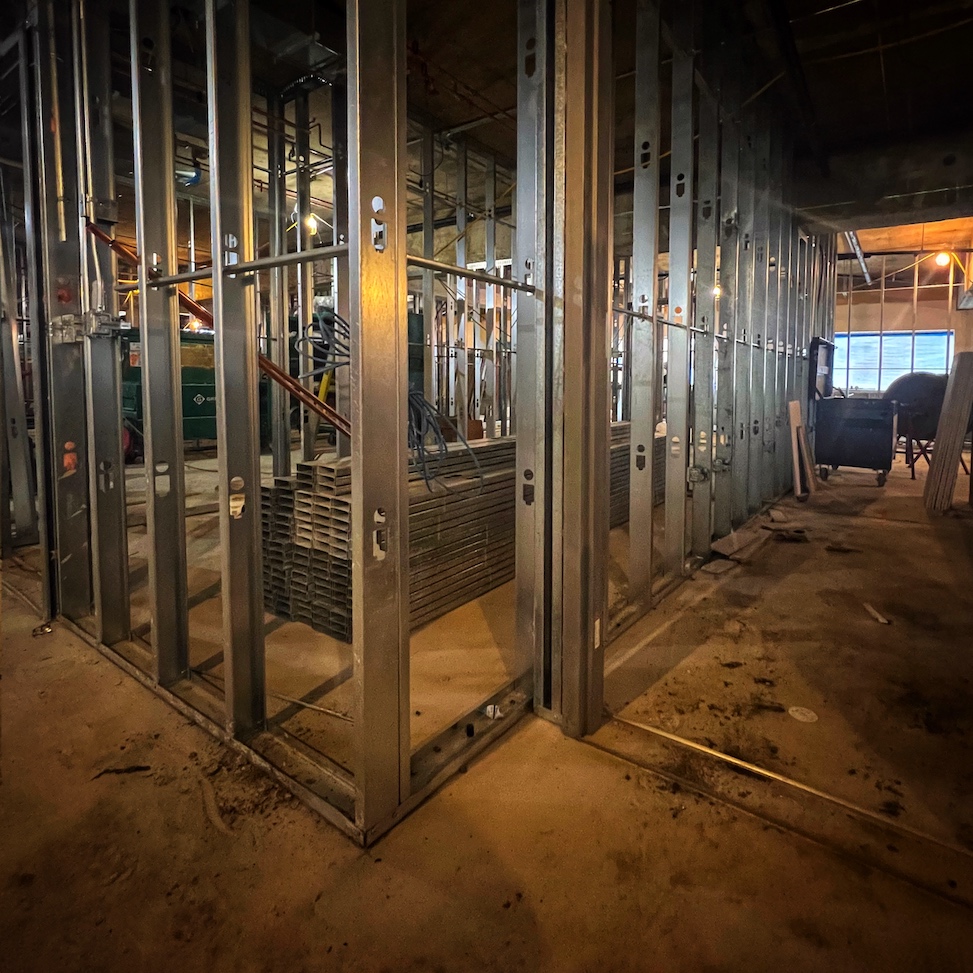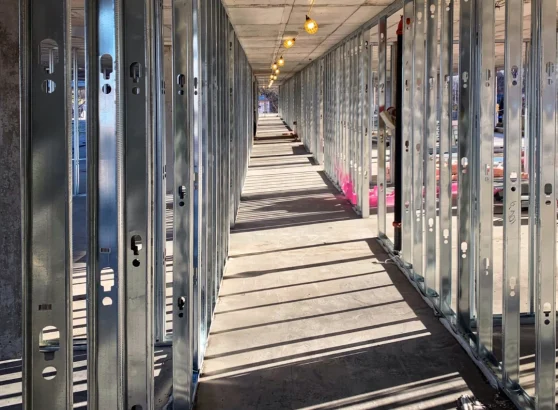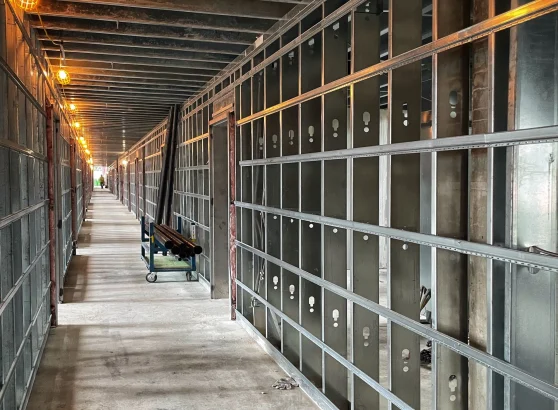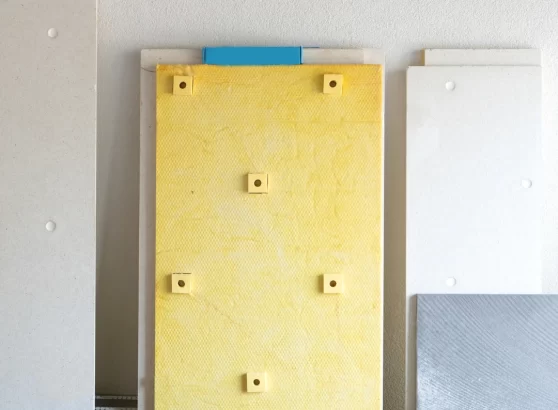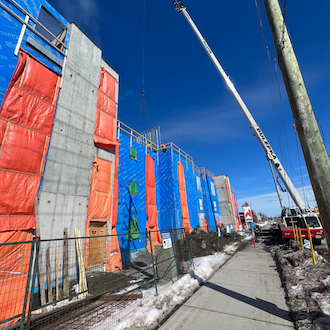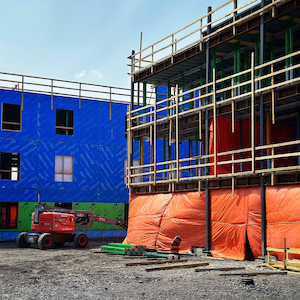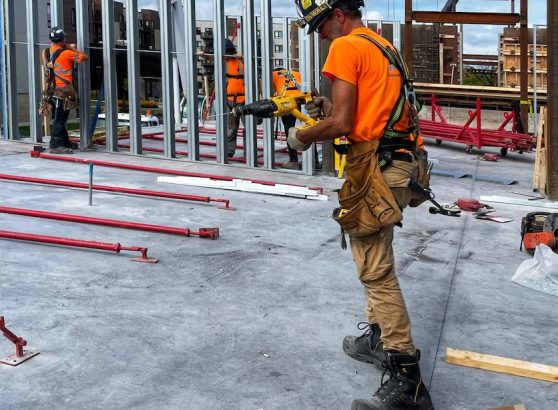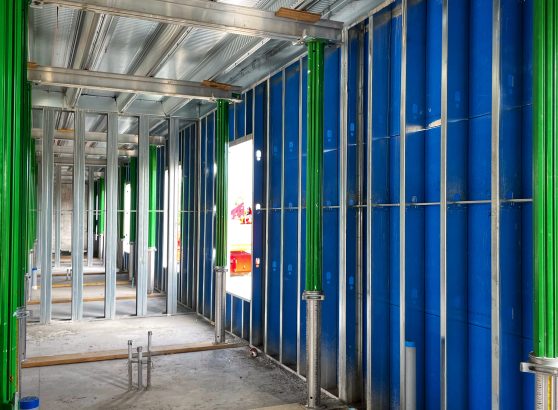When it comes to home construction, choosing the right materials is crucial. Over the past few decades, the industry has seen a shift away from traditional wooden frames towards the use of steel stud framing. In this blog post, we’ll examine the benefits of steel stud framing over wood, providing a comparative analysis of both options.
A Closer Look at Steel Stud Framing
Steel stud framing has risen in popularity due to a host of benefits it provides. It is essentially a building technique that uses steel columns and beams to create a structural framework, which then supports the remaining components of the building.
Durability and Longevity
Unlike wood, steel is resistant to many common issues that can compromise the structural integrity of a building. Steel isn’t subject to rot, warp, split, or crack like wood, which can be affected by weather and pest damage. Steel’s durability translates into long-term savings on maintenance and replacement costs.
Resistance to Fire and Pests
Steel is non-combustible and does not contribute to the spread of fire, unlike wood, which can easily ignite. This makes steel stud framing a safer option, potentially reducing insurance costs. Similarly, steel is impervious to pests like termites and rodents that can infest and damage wooden structures.
Precision and Consistency
Steel studs are fabricated in factories under strict quality control measures. This process ensures high precision and consistency in size and shape that can’t be matched by wood, which can have knots or other irregularities. Such consistency can lead to quicker installation and a more uniform, aesthetically pleasing end product.
Eco-Friendly Construction
Steel studs are often made from recycled material and are 100% recyclable at the end of their lifespan. Conversely, wood framing requires the felling of trees, leading to deforestation. By choosing steel, builders contribute to a more sustainable construction industry.
The Case for Wood
Despite these advantages, wood framing still has a place in the construction industry. Wood is a renewable resource, and responsibly-sourced timber can be an eco-friendly choice. Wood is also easier to work with, requiring less-specialized tools and training, and it offers excellent thermal insulation.
The Bottom Line: A Balanced View
Both wood and steel have their respective merits and drawbacks. However, in terms of durability, resistance to fire and pests, precision, and eco-friendliness, steel stud framing presents compelling advantages. It’s important to consider these factors in the context of the specific needs and constraints of your project, whether you’re building a residential property or a commercial structure.
Before making a decision, it’s worth consulting with professionals who understand the nuances of both materials. They can provide advice tailored to your project, ensuring the best possible outcome for your build.
We hope this comparative analysis gives you valuable insights into the benefits of steel stud framing over wood. As the construction industry continues to evolve and innovate, it’s clear that the use of materials like steel will continue to shape the future of building design.
Contact RGZ Cambridge today for all your steel stud framing needs: We are industry leaders in Commercial and Residential projects. Call us today: 613-695-5544 or reach us via this page.


